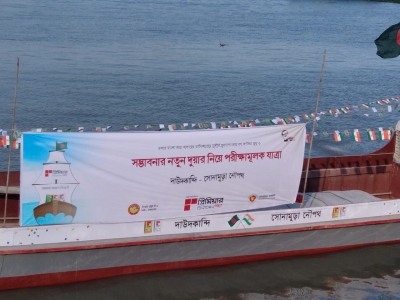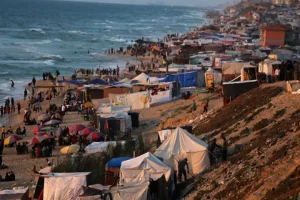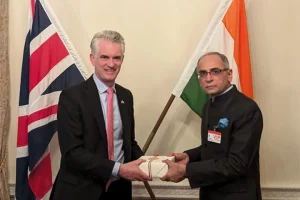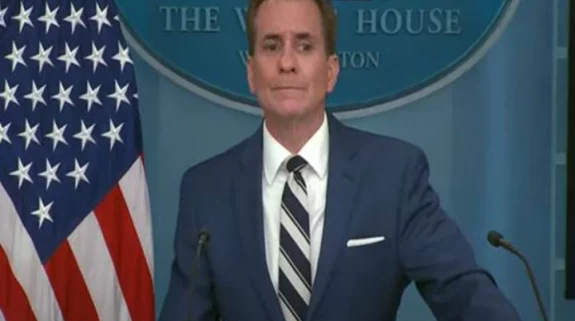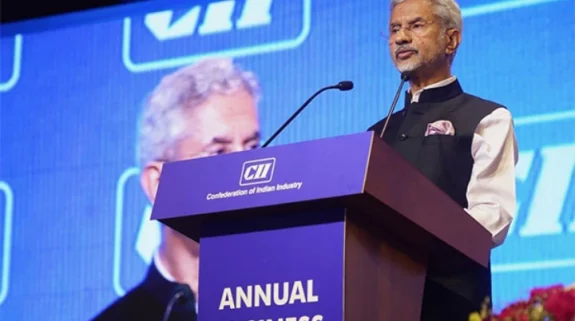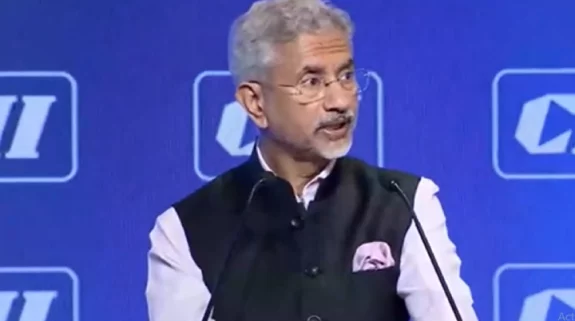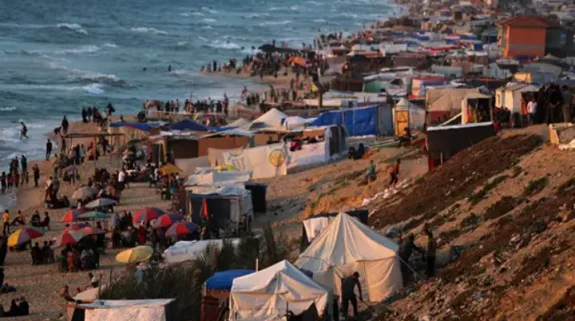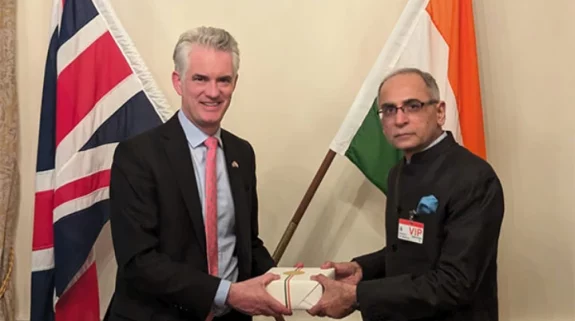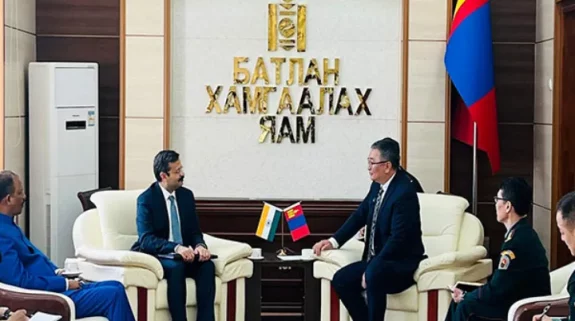India, which has already constructed four hydroelectric projects in Bhutan, could now look at working out a joint mechanism with the Himalayan neighbour to further strengthen transboundary water management. While the two countries have been co-operating with each other with the purpose of containment of floods, there is need to deepen activities further in this area, analysts said.
“This is one area, where the two countries can do much more and there is need to do that now as geopolitical dynamics are changing rapidly in the region,” one of them said.
Connectivity and cooperation between India and Bhutan on water sharing and management is critical for the development of the northeastern states as large part of the irrigation mechanism is dependent on water flowing from the Himalayan country.
A report by Oxfam said that millions of lives are dependent on the effective management of the Ganges-Brahmaputra-Meghna (GBM) river basins of Bangladesh, Bhutan, China, India and Nepal and the Salween river basin of China, Myanmar and Thailand.
“The ongoing Covid-19 pandemic has highlighted the critical importance of the human rights to sufficient, safe, acceptable, physically accessible and affordable water in preventing people from contracting and spreading disease,” the report said. However, it noted that unregulated and unsustainable business activity is flourishing along the region which has severely impacted the health of the GBM and Salween rivers and river basins. Not just that.
People’s lives and livelihood in the region have been also impacted.
Though Bhutan is primarily land-locked country, connectivity through Saralbhanga, a transboundary river basin between India and the Himalayan nation must be enhanced, Oxfam India said.
Foreign policy experts said that the effective management of transboundary waterways will also boost trade between India, Bhutan Nepal and Bangladesh.
Besides, as Bangladesh is now set to graduate from the ‘least developed country’ status, trade in South Asia will assume immense importance in the coming years.
“There are immense possibilities of trade among Bangladesh, Bhutan and India. The fruits of growing trade must be reaped by the most marginalized people on both sides of the border," said Pankaj Anand, Director (Programme & Advocacy), Oxfam India said at a webinar organized jointly by Oxfam and CUTS International.
Focus on Act East policy
Boosting connectivity in the region has been the focus of Prime Minister Narendra Modi as he outlined the Act East policy. India is already looking to fast-track the Bangladesh-Bhutan-India Nepal (BBIN) initiative with the aim of boosting connectivity across South Asia through rail and road.
Meanwhile, India, with Japan as partner has already cleared the construction of the longest bridge over the Brahmaputra, that will connect landlocked Bhutan and Northeast India, with Dan Nang in Vietnam. With Bhutan at the back-end, the 19-kilometre Dhubri-Phulbari bridge connects Dhubri in Assam with Phulbari in Meghalaya.






